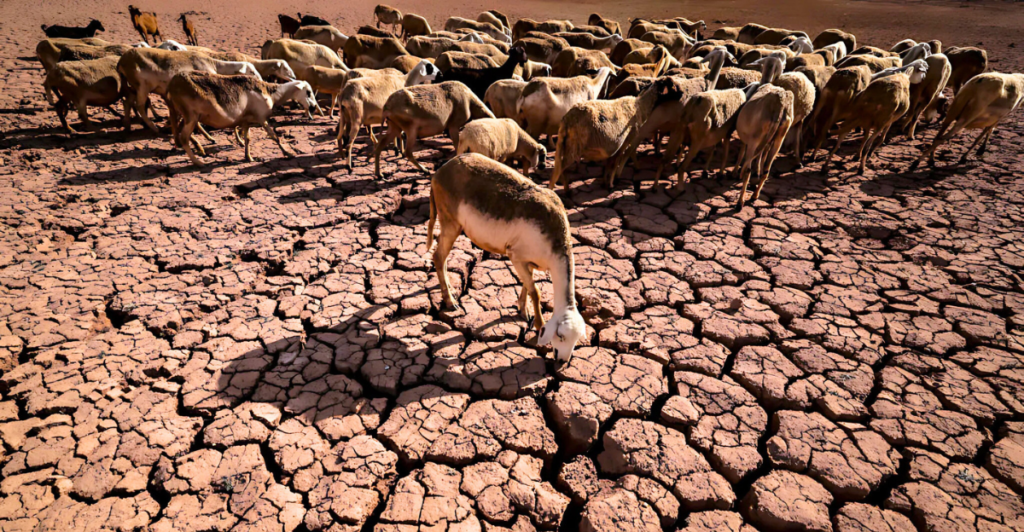
The Earth is slowly but surely heating up. This is threatening both wildlife biodiversity and food security for millions of people. Climate change only further intensifies ongoing environmental issues, from habitat shrinkage to soil erosion, proactive approaches may need to be implemented in order to minimize damage.
Agriculture
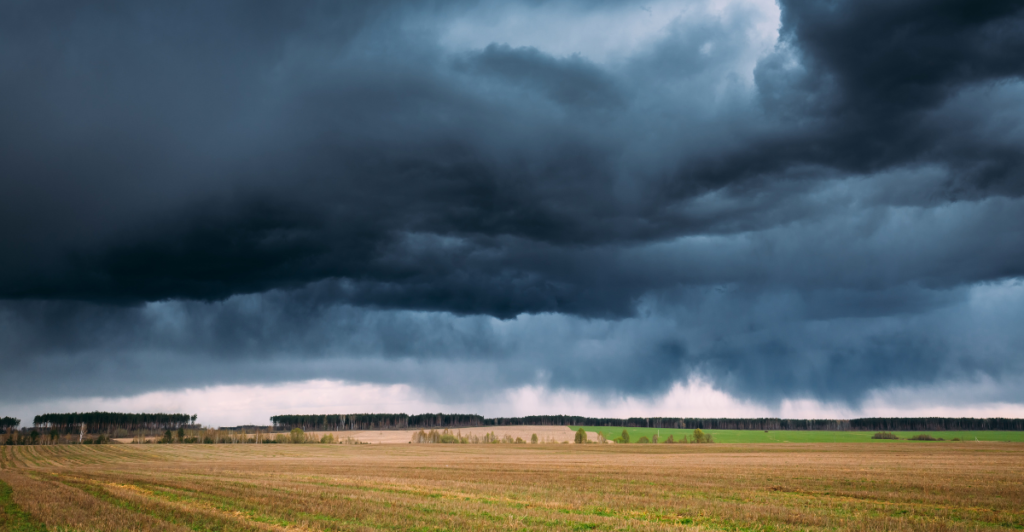
Agriculture is especially sensitive to changes in temperatures and rainfall. Farmed crops could face smaller yields, and pests could even thrive under a change in climate. If this becomes a reality, then food shortages could be a serious problem.
Crop Yields
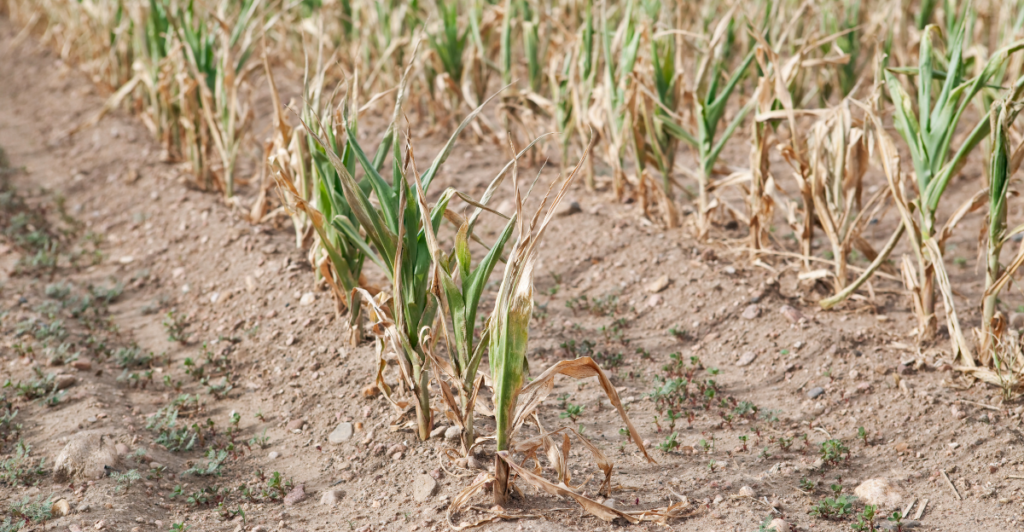
With less rainfall and more drought, crops will not be able to thrive and will end up yielding less than they have in the past. As farmers look for solutions to this problem, they may increase land designated for crops, which could mean increased deforestation.
Forests
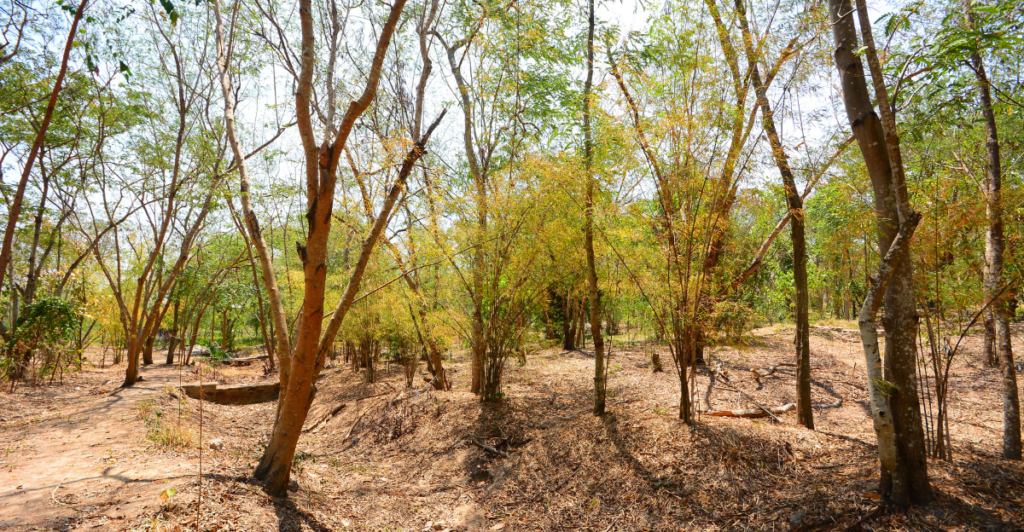
Forests house important wildlife and vegetation which are under threat due to the rising temperatures. As more plants and animals struggle as resources become scarcer, entire food chains could become affected. This disrupts entire ecosystems.
The Effects Of Deforestation
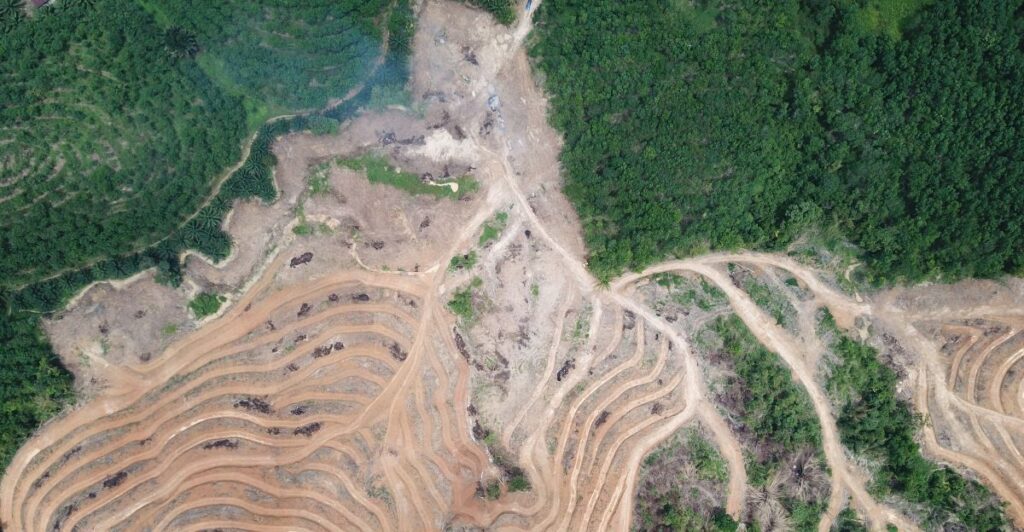
Trees don’t just support biodiversity within their ecosystems – they also contribute a significant amount towards combating climate change. Forests act as carbon sinks, storing a lot of carbon dioxide. When trees are cut down, this carbon dioxide is released into the atmosphere.
Wildlife Migration
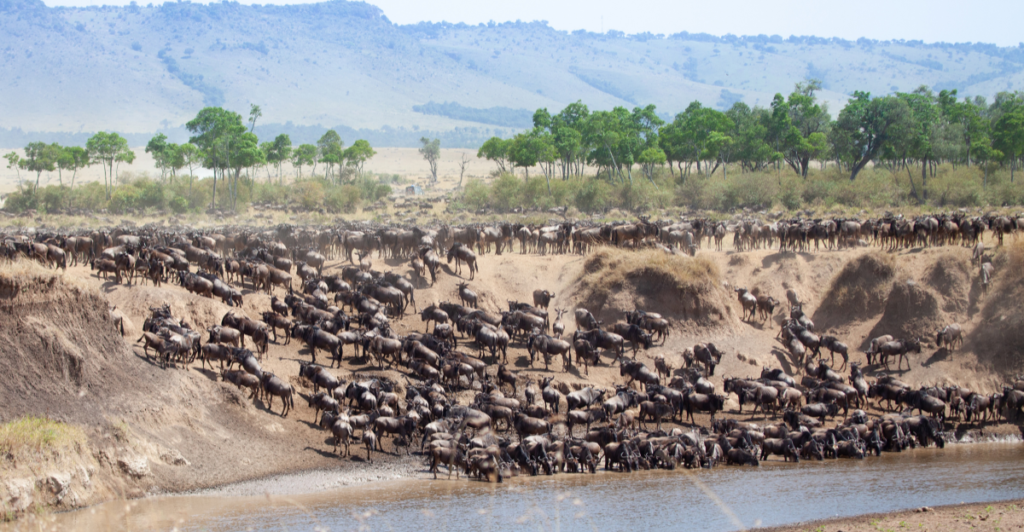
Animals that are sensitive to temperature change may seek alternative habitats that are cooler once global temperatures rise. Once animals that aren’t a part of ecosystems muscle their way in, habitats will change and many species may die or severely affected.
Weather Events
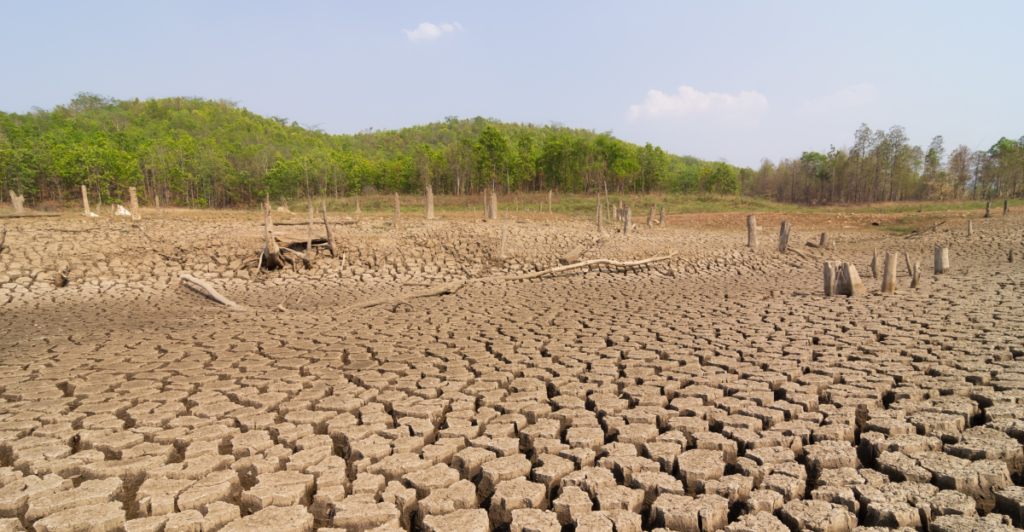
As the temperature rises, severe weather events are more likely to happen. Droughts will become more frequent, which will impact both wildlife and crops. Extreme storms may also break out, which can cause flooding, damaging infrastructure and potentially harming people.
Pollination Challenges
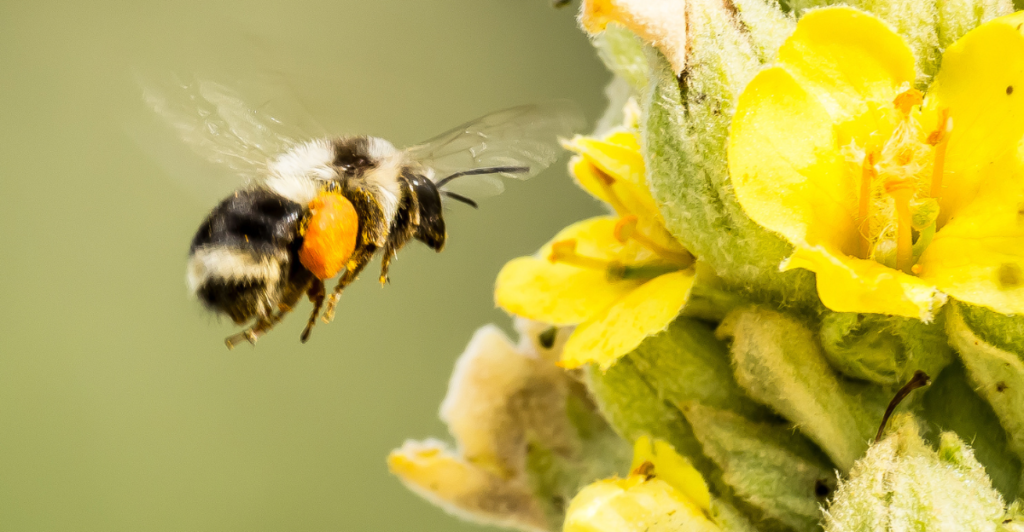
Pollination would also be affected by climate change, as pollen rich flowers would bloom at different times, meaning that pollinators would have to adapt to this new schedule. This would ultimately affect crop production and the availability of food.
Livestock
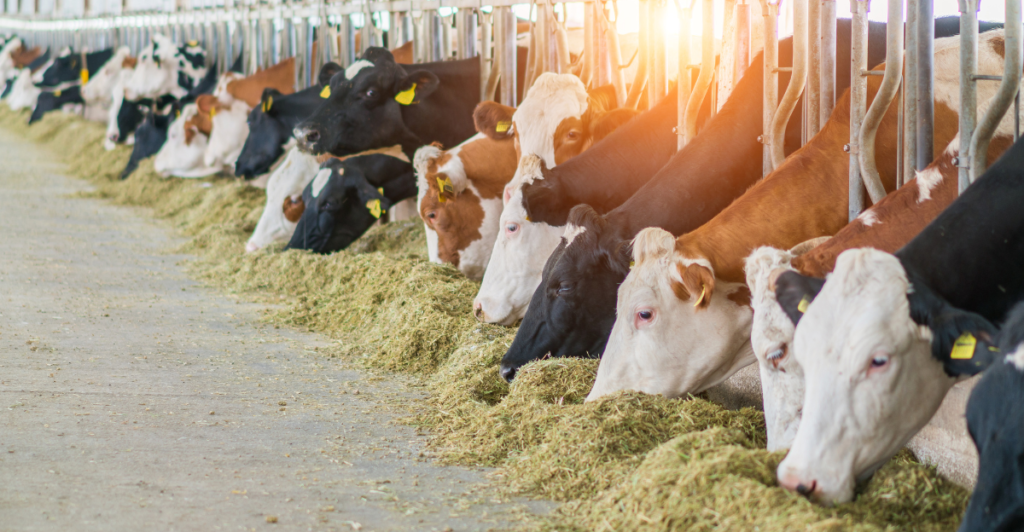
A change in weather patterns and an increase in them would stress livestock health and affect the yield of meat and other animal products like eggs and dairy. Heat stress can be accompanied by a lower immune system and disease.
Wildlife Conflicts
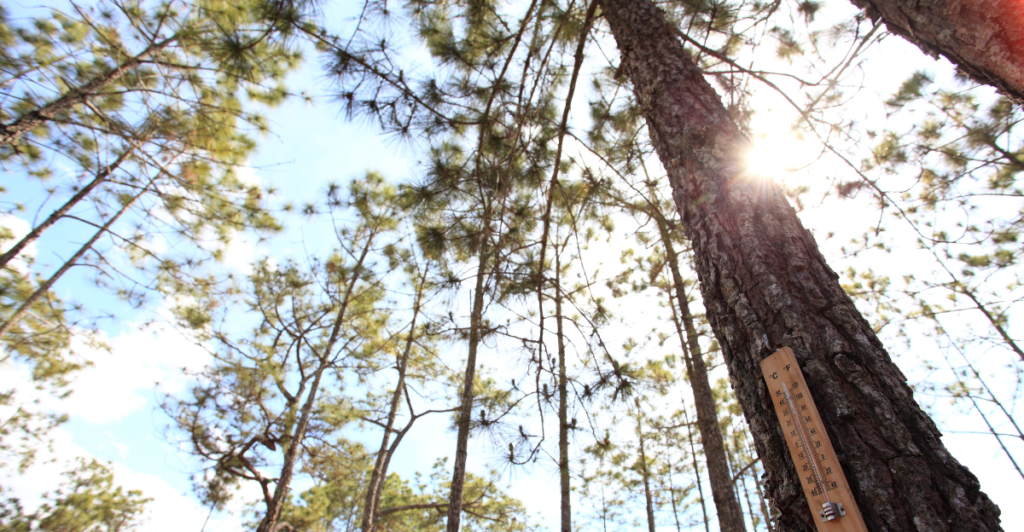
Wildlife seeking alternative habitats to beat the rise in temperatures may encroach on human-occupied land as their habitat shrinks. This leads to many safety concerns between humans and animals as the encroachment could turn into damage to infrastructure, motor vehicle accidents, and people being harmed.
Global Consequences
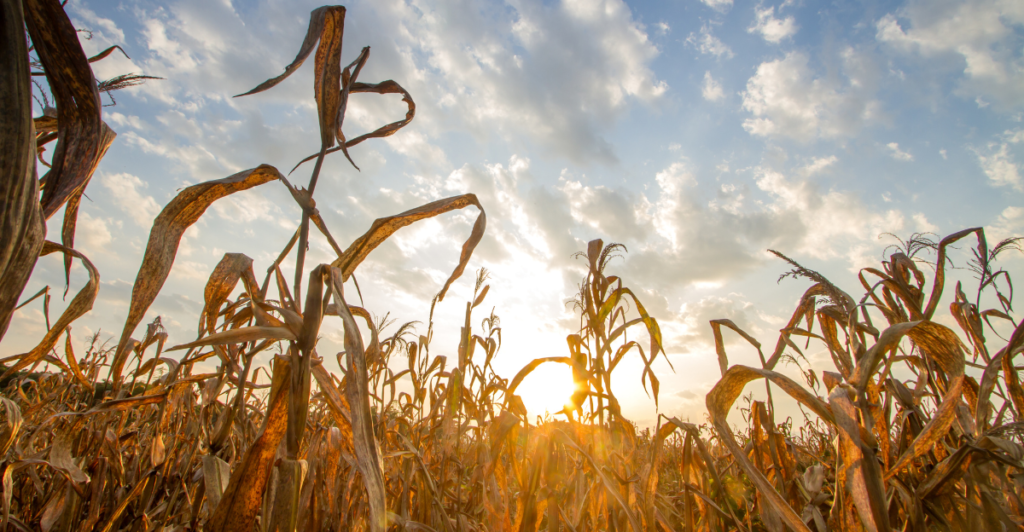
Climate change is not a localized issue; it affects the entire Earth equally as natural and human-imposed factors accelerate it. International cooperation is needed to help fight against climate change and mitigate its effects for future generations.
Conservation
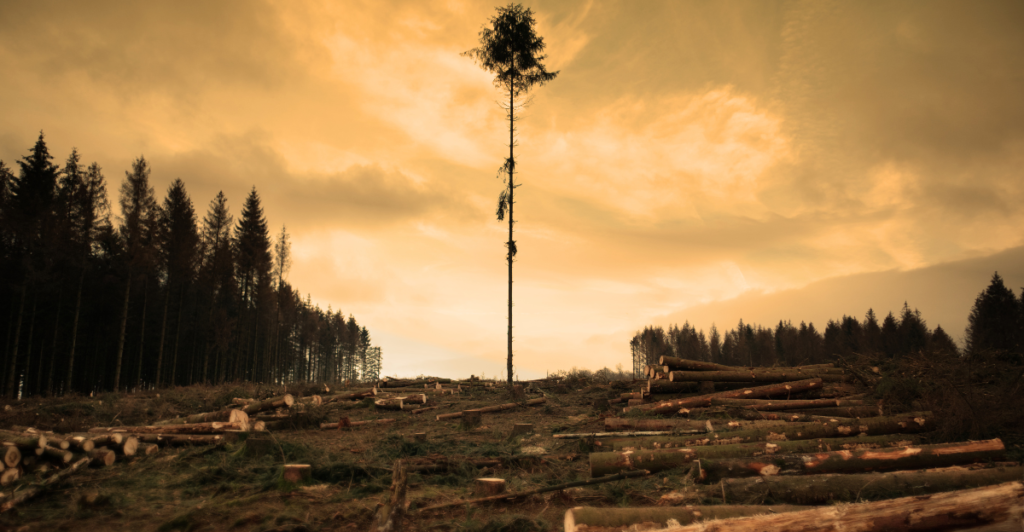
Deforestation and greenhouse emissions are some of the biggest contributors to climate change. This has a knock-on effect with agriculture and wildlife. More sustainable practices must be adopted in order to help restore ecosystems and make sure food scarcity isn’t a reality.
An Urgent Issue
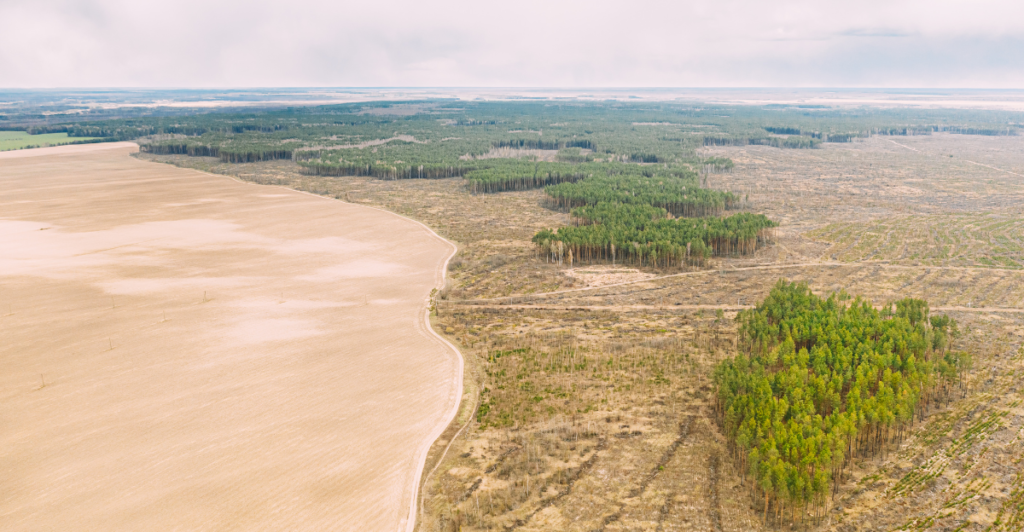
Climate change is an urgent issue which requires immediate action. Nikhil Advani from the World Wildlife Fund notes, “Hotter days, longer droughts, and more intense storms are becoming the new normal.” This emphasizes the need for proactive approaches in order to address the problematic challenges.
Explore more of our trending stories and hit Follow to keep them coming to your feed!

Don’t miss out on more stories like this! Hit the Follow button at the top of this article to stay updated with the latest news. Share your thoughts in the comments—we’d love to hear from you!







